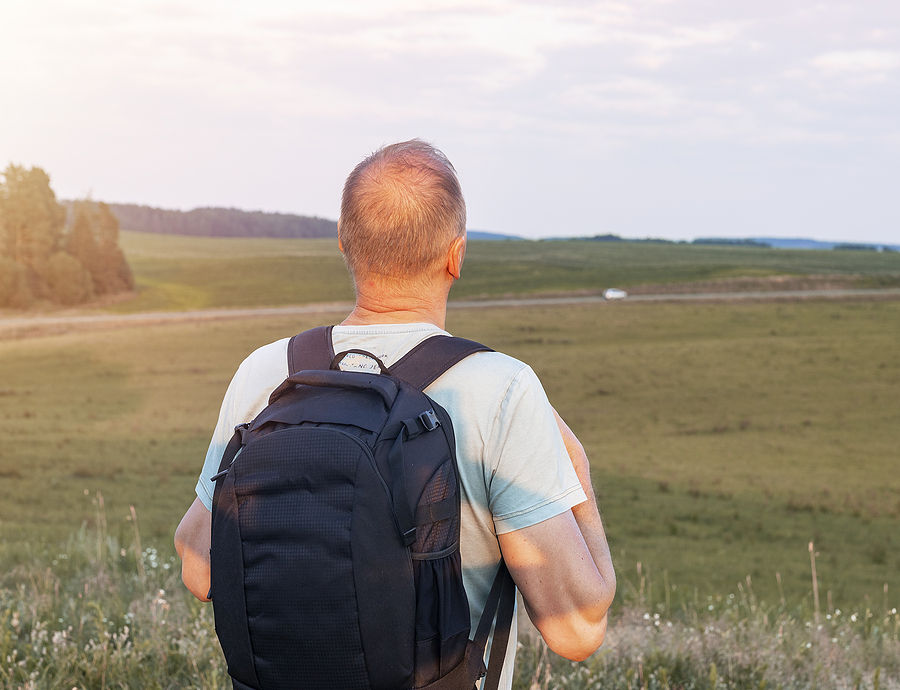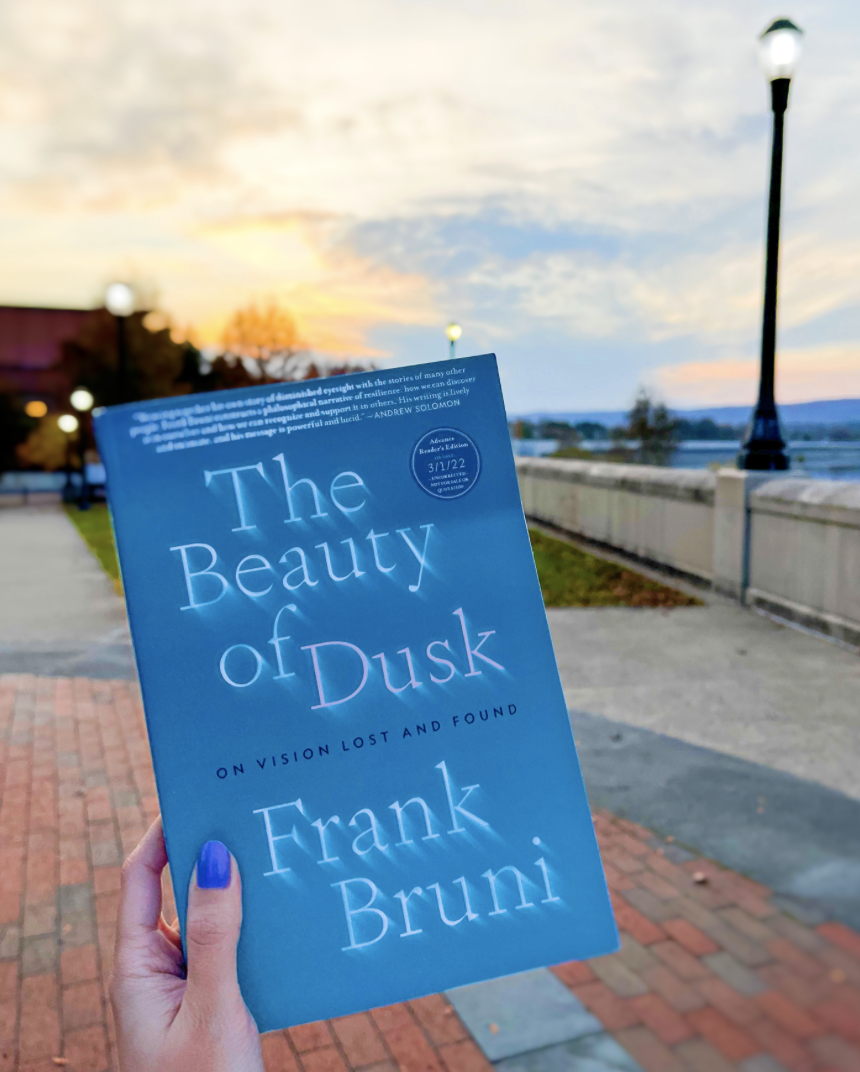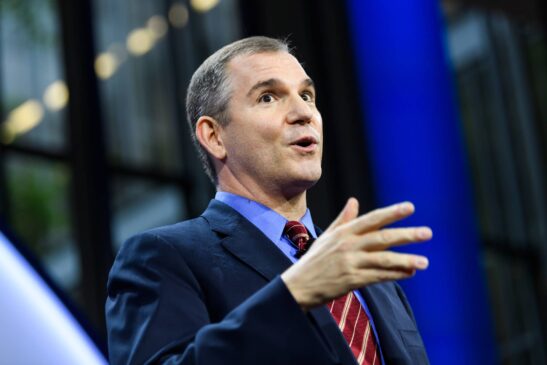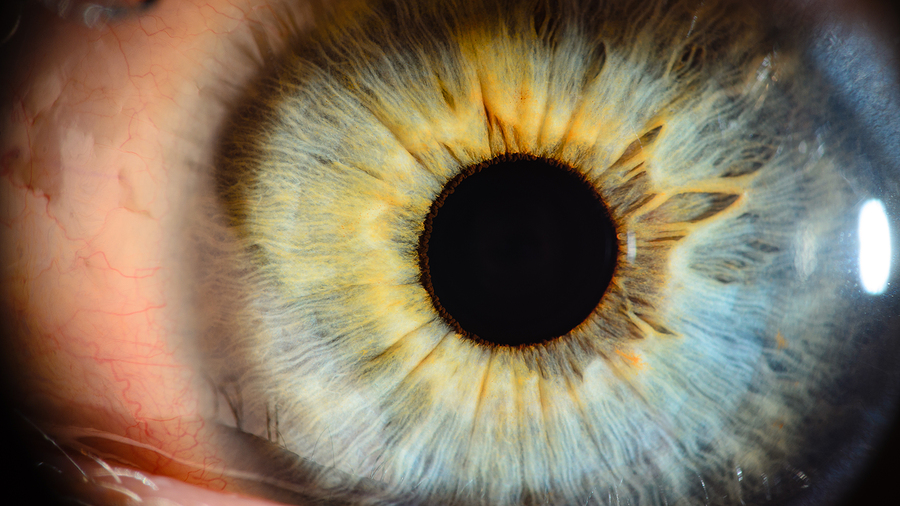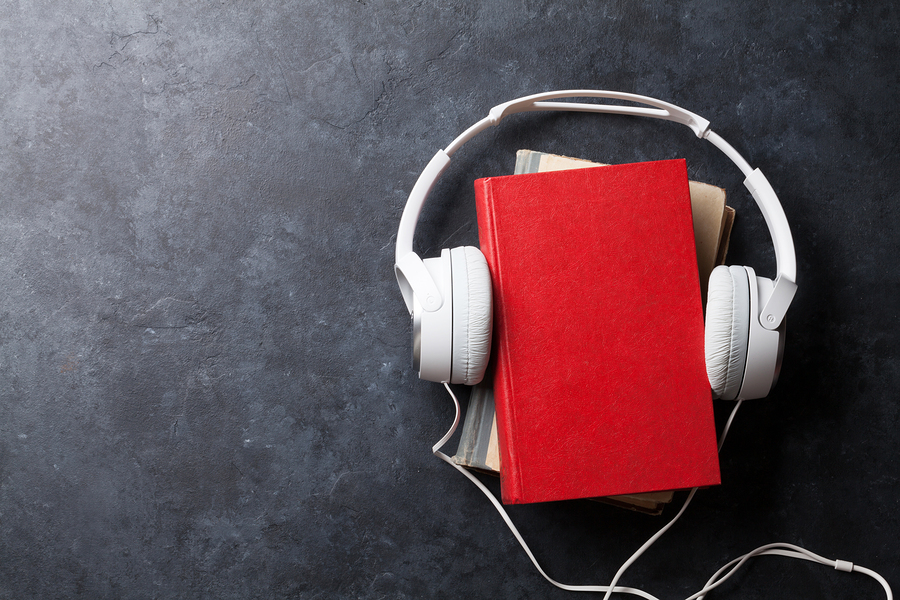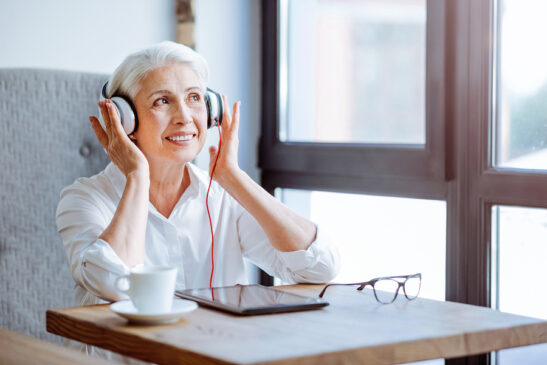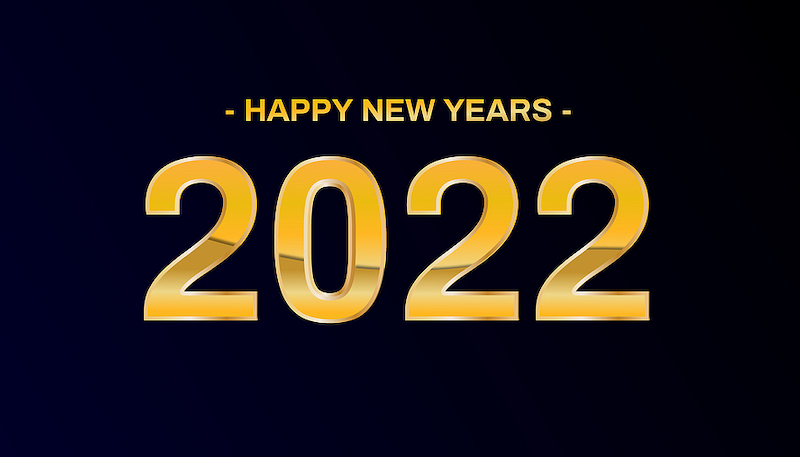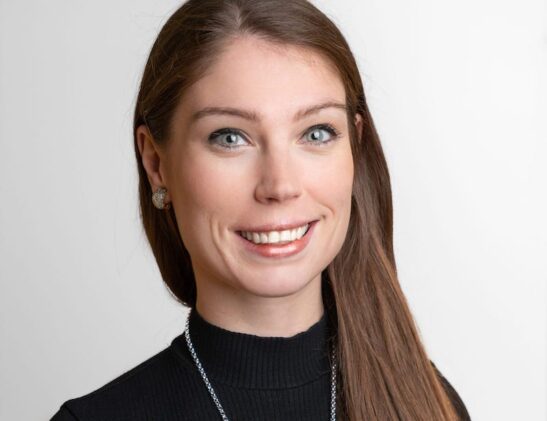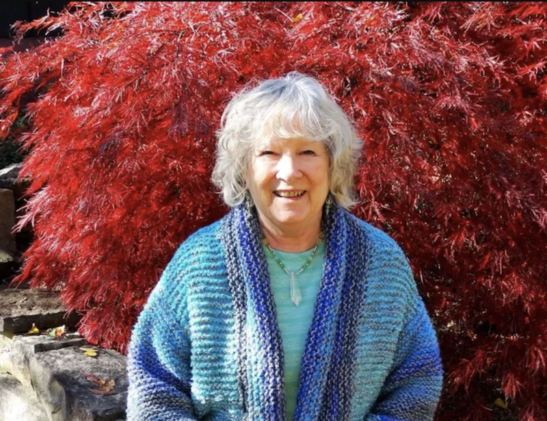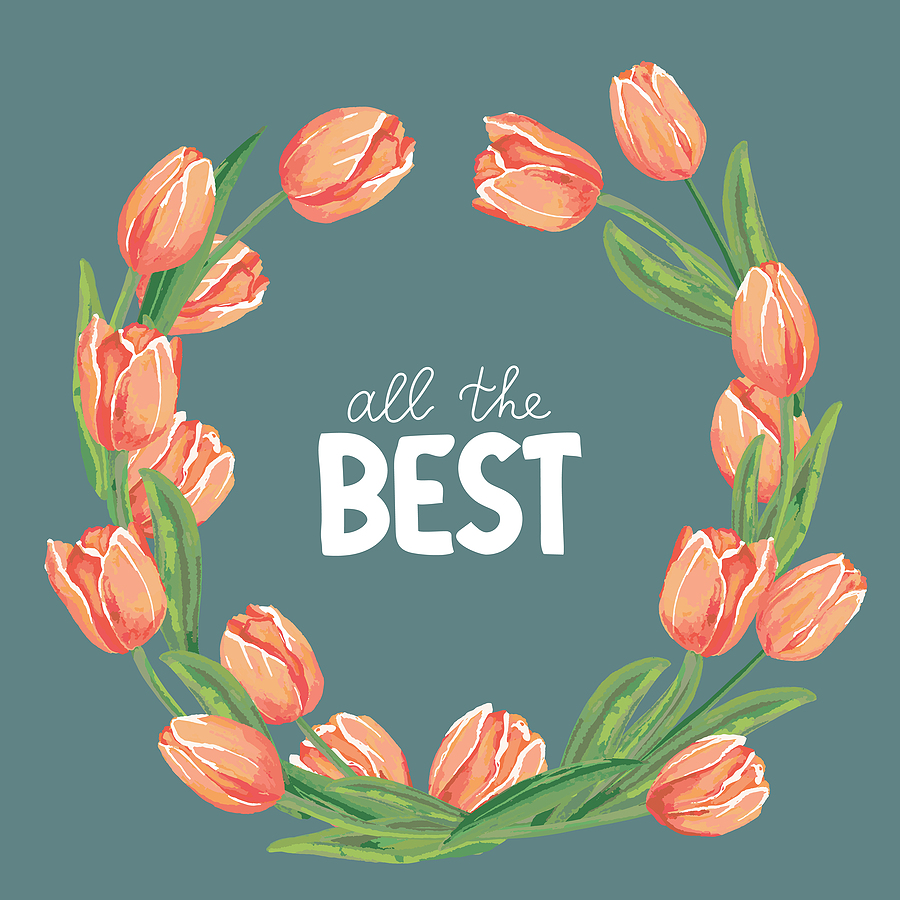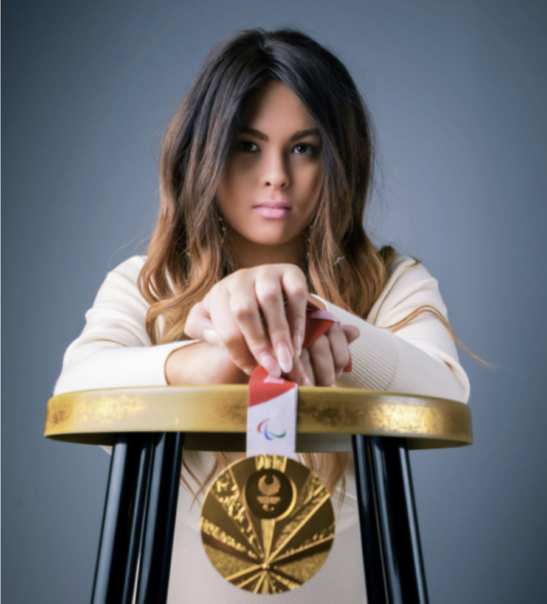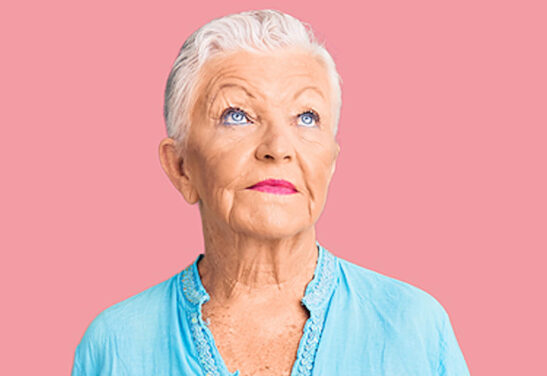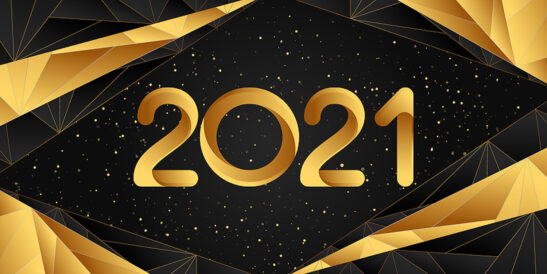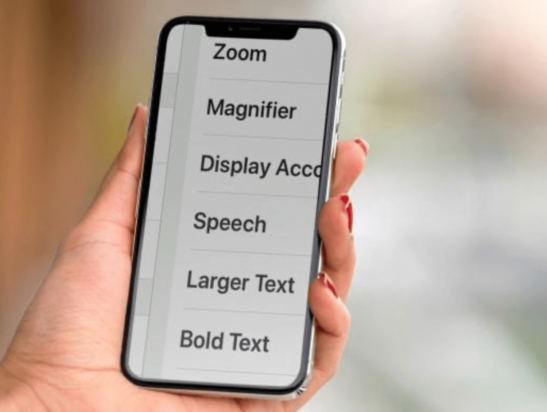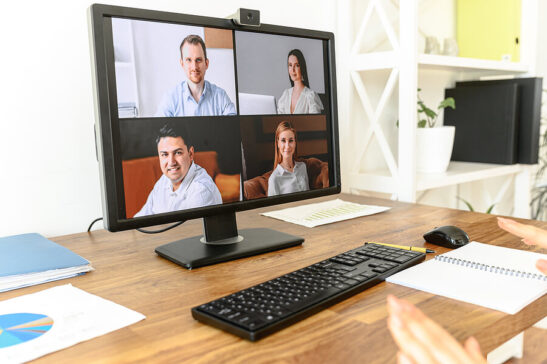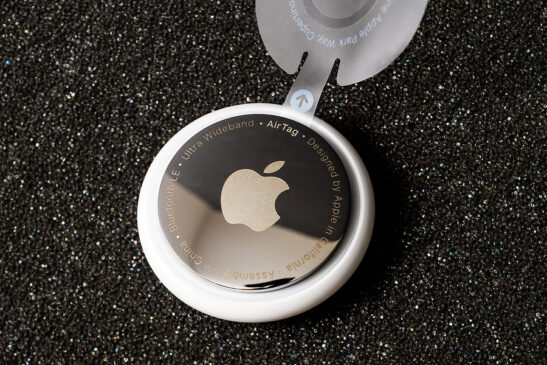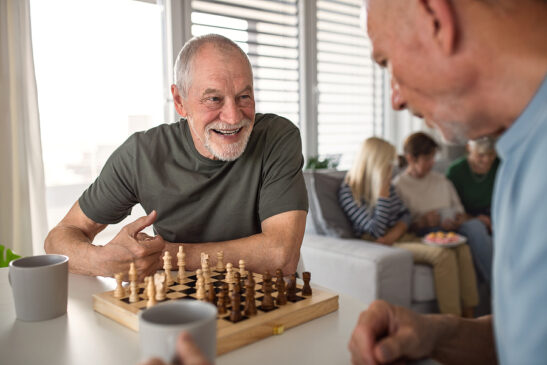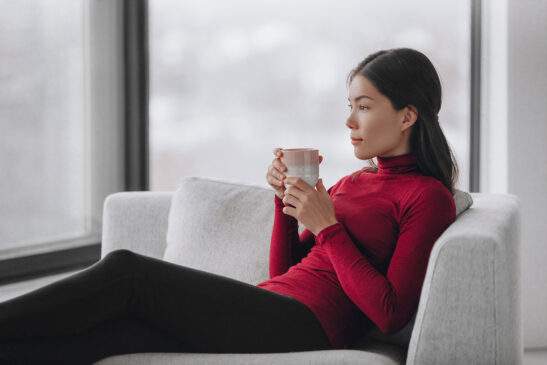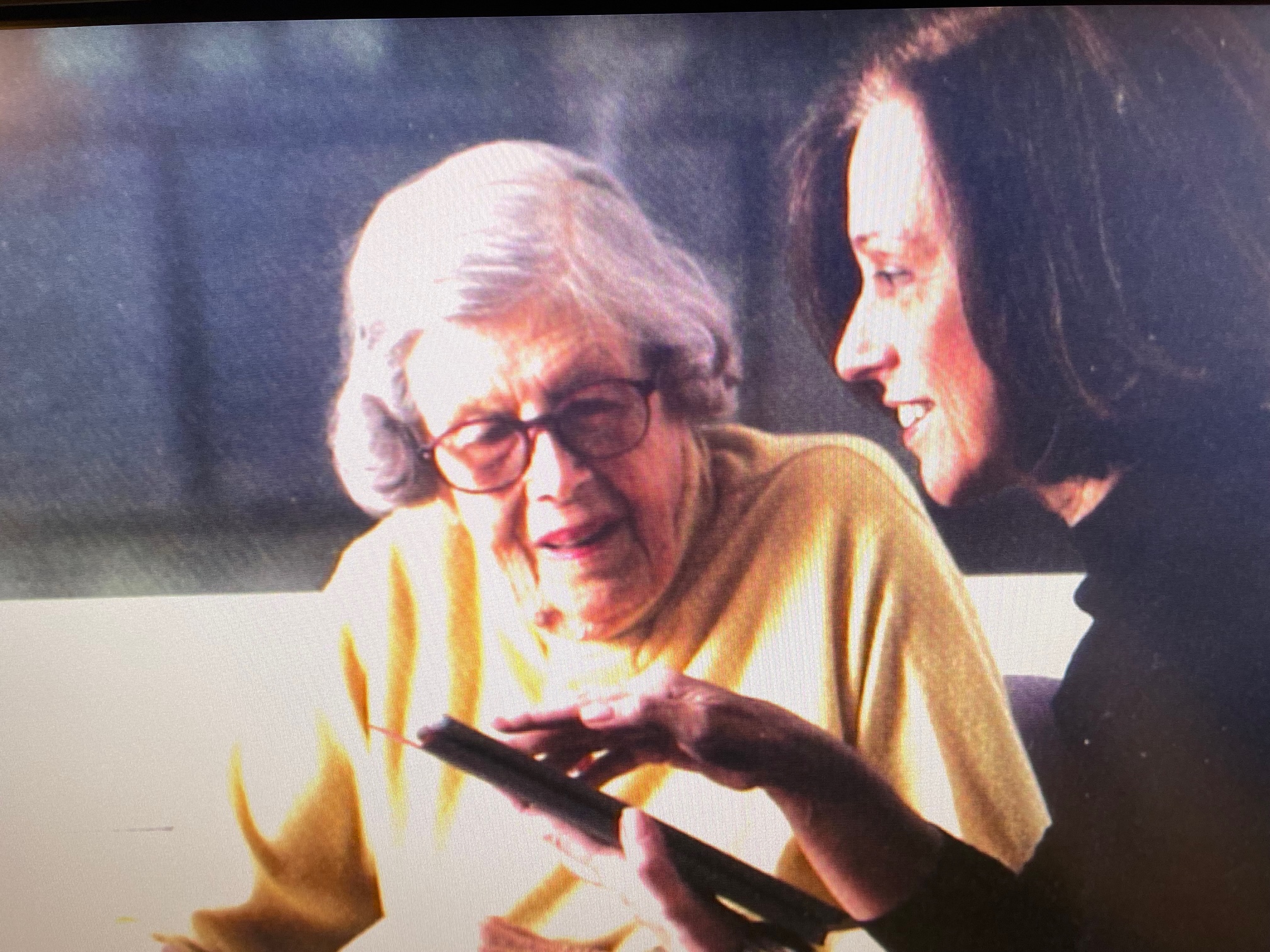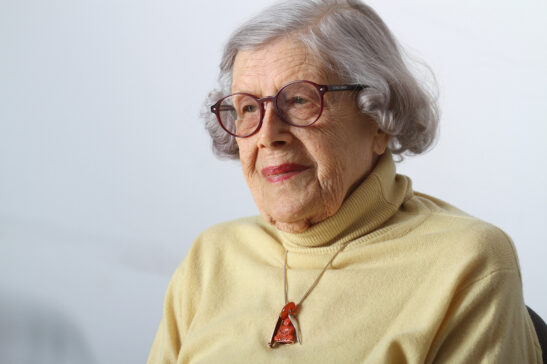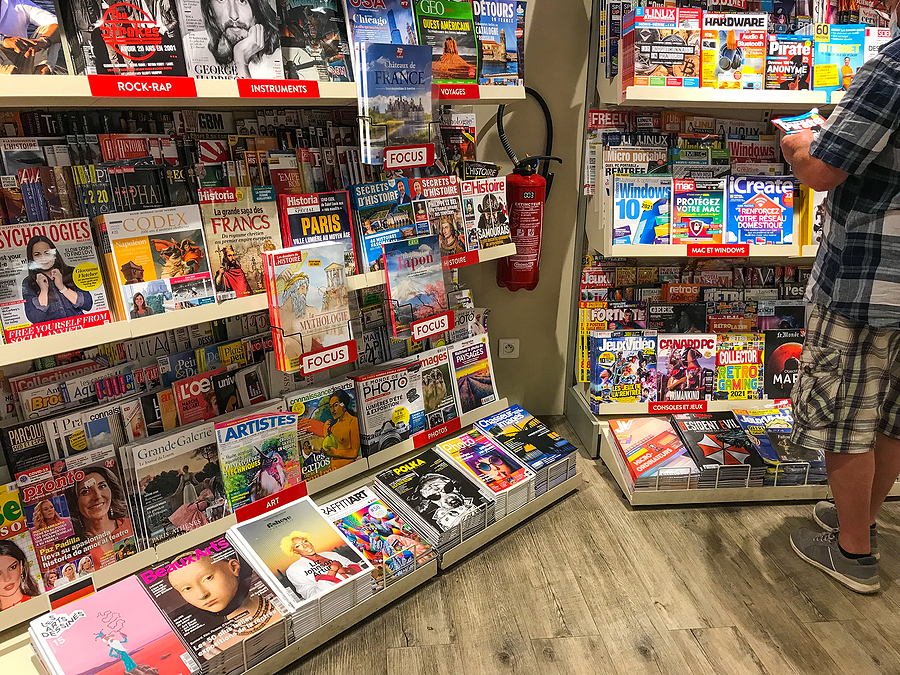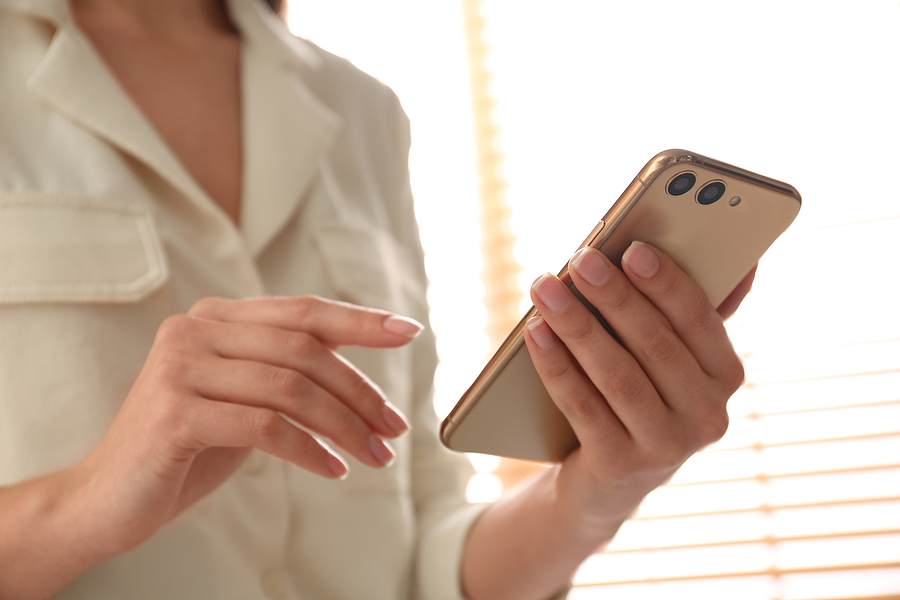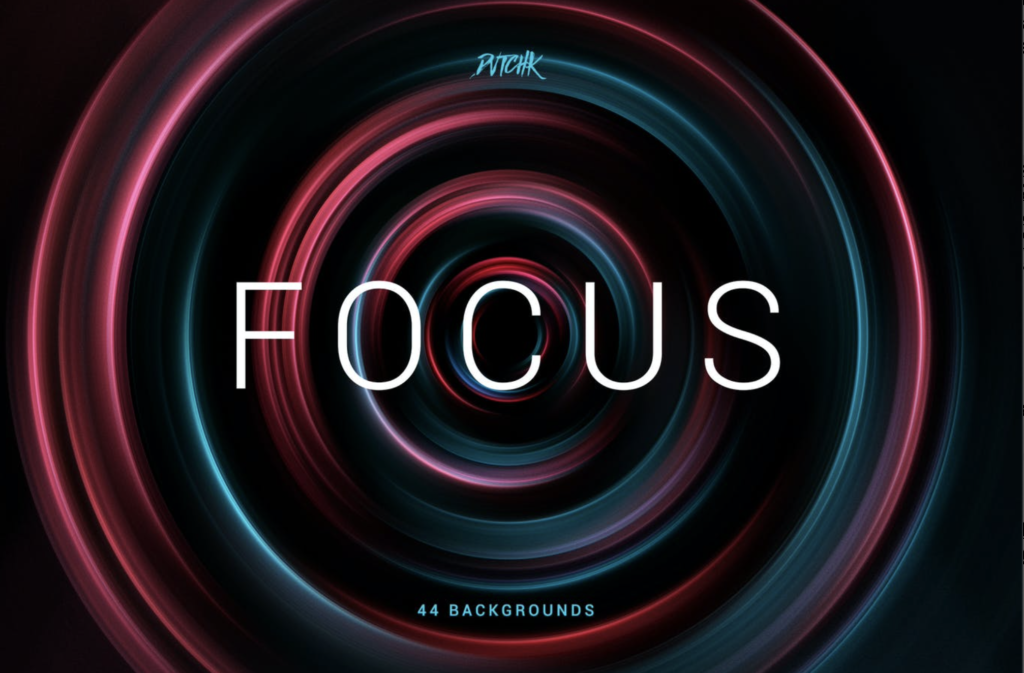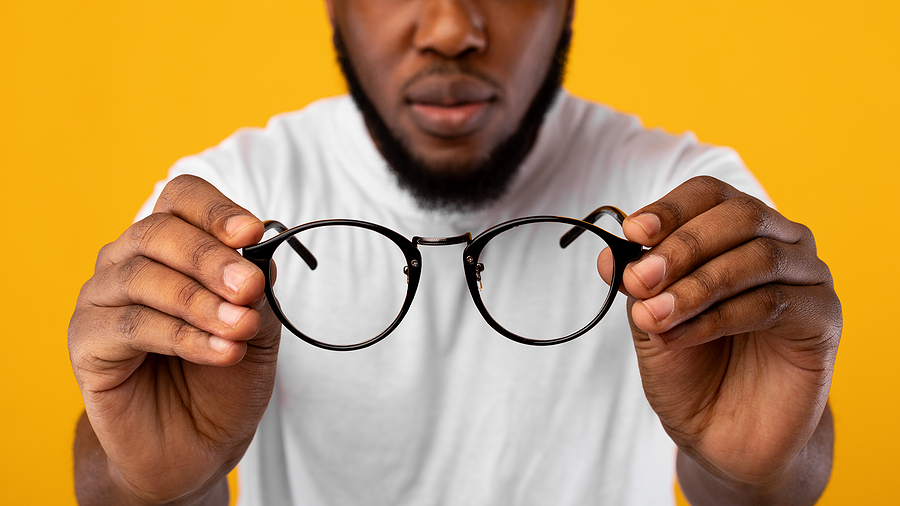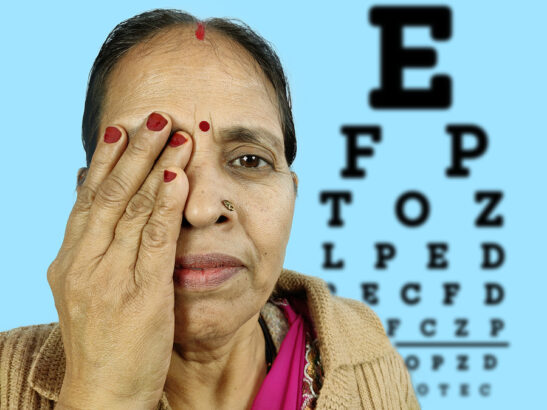Extreme weather, and war, have a special way of eroding our, already tenuous, sense of safety. At this point flash floods and wild fires affect more people than we would have ever imagined, yet many are still caught totally off guard. Don’t be surprised by the urgent need to evacuate. By now we know everyone should have a bag ready to go when you have to get out in a hurry.
Obviously, the need for preparedness is essential for people with vision loss, as it is much more difficult to gather things in a rush when you cannot identify them easily with your eyes. An organized bag, waiting to be scooped up at a moment’s notice, will give you some peace of mind and a better sense of security.

Heed the warnings. I was ill prepared for the damage done to my building, overlooking New York City’s East River on October 29, 2012. The evacuation order seemed extreme, so I ignored it and hunkered down at home. Power was lost hours before Hurricane Sandy wreaked her historic havoc on the island of Manhattan, breaching the rivers on both east and west sides. The super storm’s surge brought in nearly 2 feet of water, flooding the main lobby and destroying everything in it, including the majestic fig trees that stood in its beautiful atrium for 25 years. It left behind several inches of mud and decimated all the power, heat and air mechanisms contained on the lower level. It took more than a week to restore essential services to my home, while many New Yorkers were displaced for much longer periods. The day after, I packed the Go Bag, and walked it down 19 floors in a pitch black stairwell, never to challenge an evacuation order again.
Start putting together that Go Bag today and then review and update it periodically. Think of it as a bag that holds the things you need to get by, with some degree of comfort, if displaced from home for a week. Keep it in check, don’t create a kit for surviving the wilderness. Begin with a list of must-have items, along with important documents.
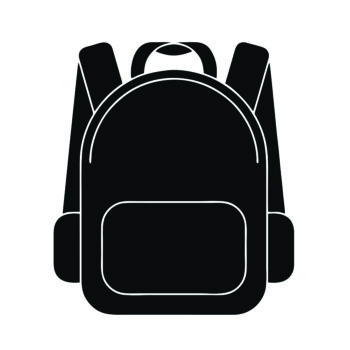
Contents of the Go Bag
- Waterproof Sealable Bags – Protect everything
- Documents – Passport, emergency contacts, etc.
- Backpack – Select for comfort and don’t overstuff it
- Emergency Cash – Small bills are best
- Mobile Phone Chargers – Wired and portable
- Masks – Protection from virus, flu, smoke from fires
- Disinfectant Wipes to clean everything
- Flashlight with Batteries
- Travel Kit Holding all Personal Hygiene Items
- Eye Glasses, Contacts, Solution, Magnifiers
- Sunglasses
- Hearing Aids and Batteries
- Medications – Prescription and OTC
- Changes of Clothing
- Food and Water – Bottled water, protein bars, nuts, dried fruit
- Pet Food and Water
Grab and Go
- Wallet with ID, Credit Cards
- Mobile Phone
- Laptop, Tablet, Earphones
- Sunglasses
- Glasses, Contacts
- Magnifier
Keep your Go Bag in a designated place and let family members know where it can be found. Keep the things you use everyday, together and in a place where you can grab them, with your bag, and go.
